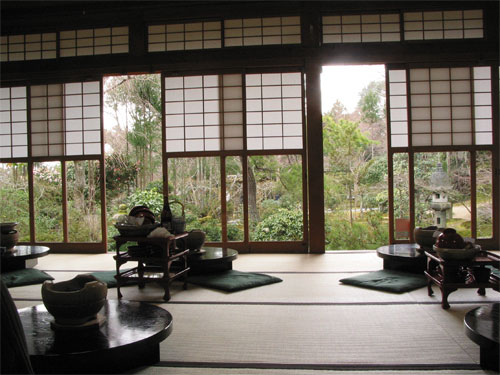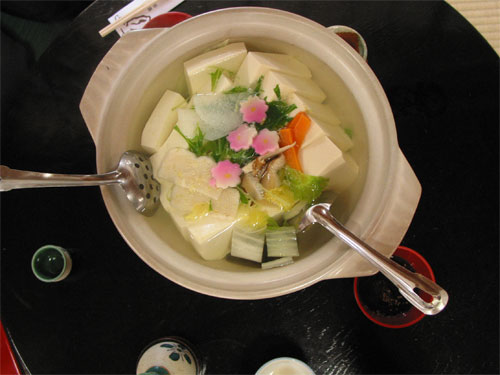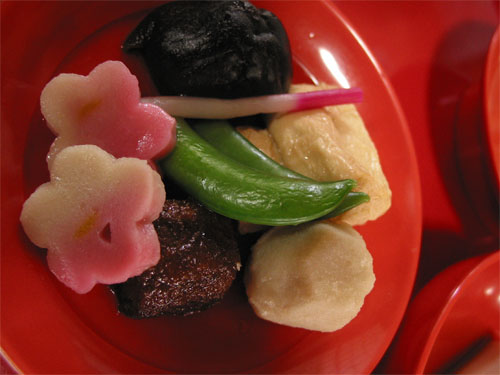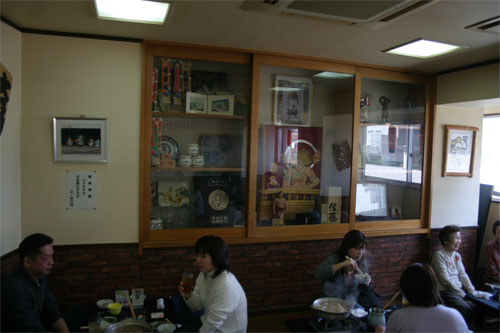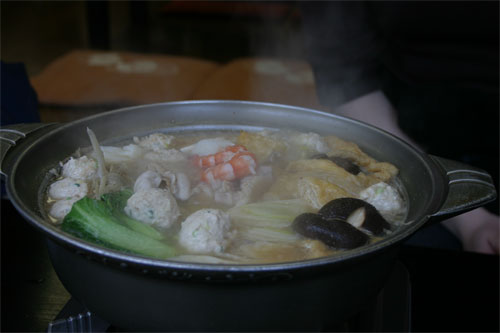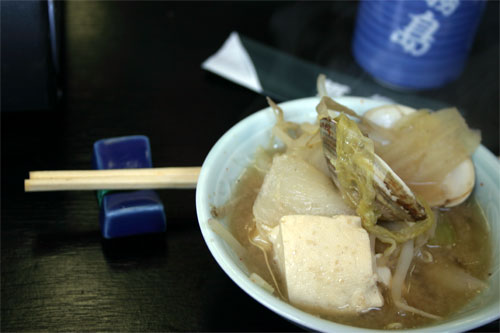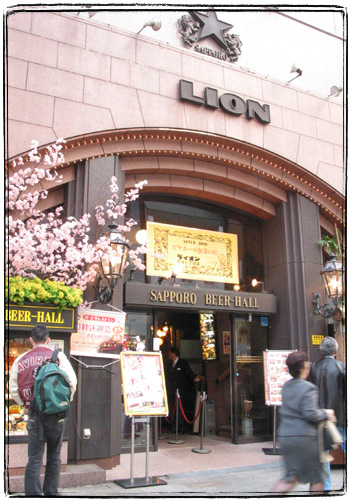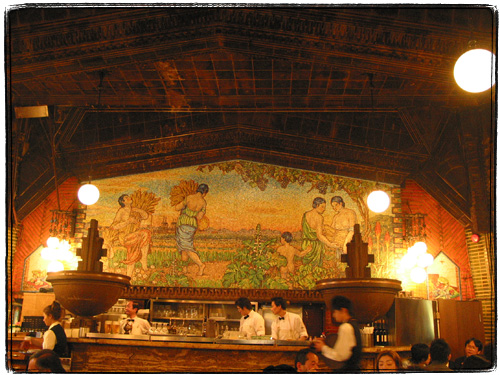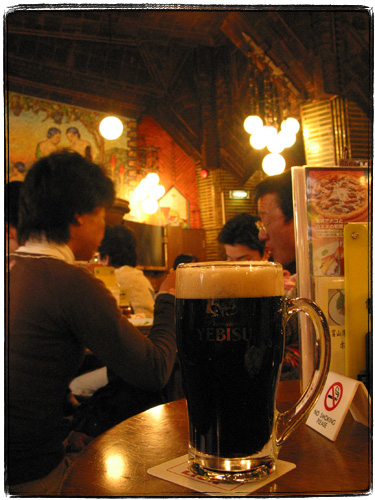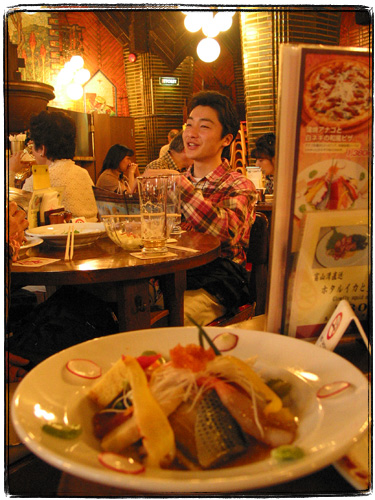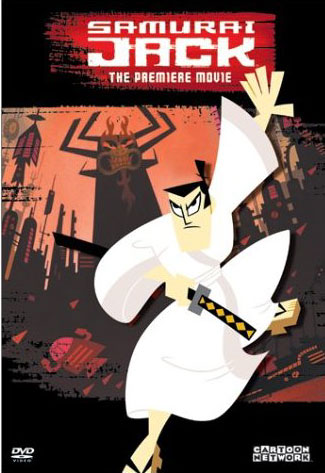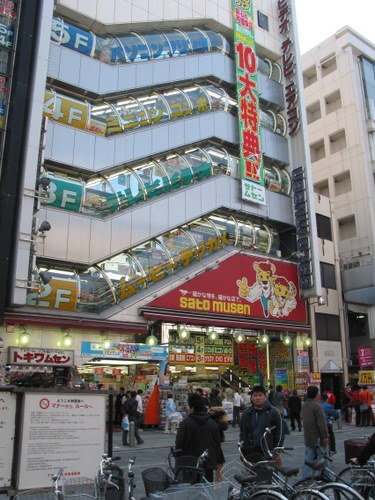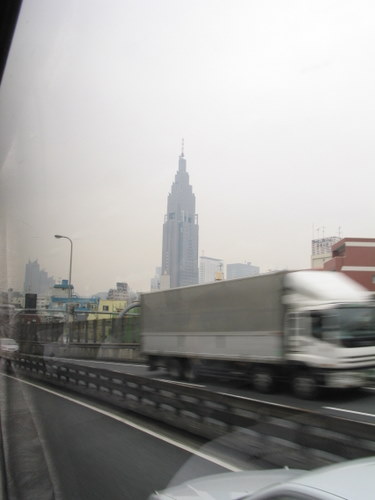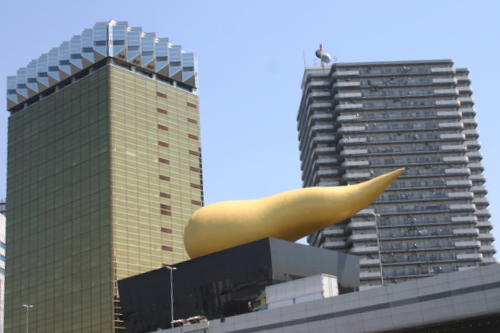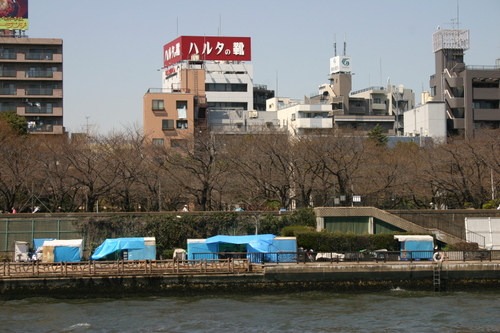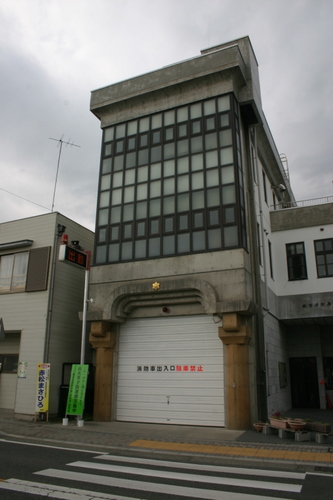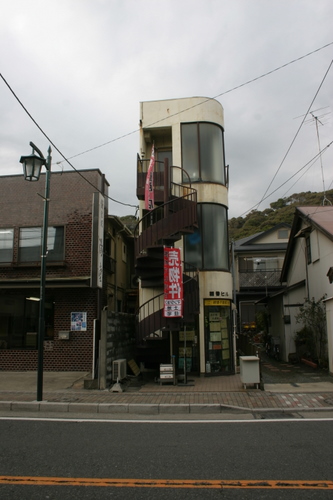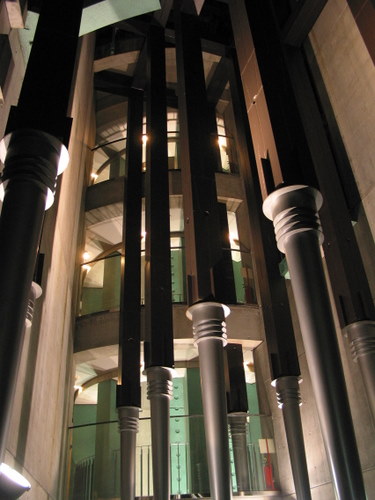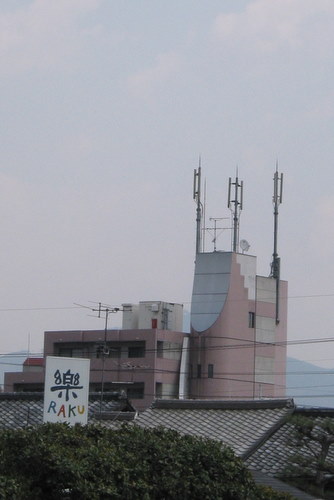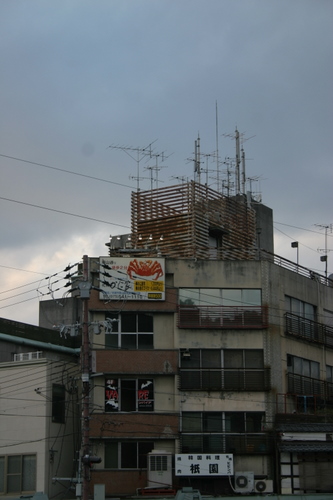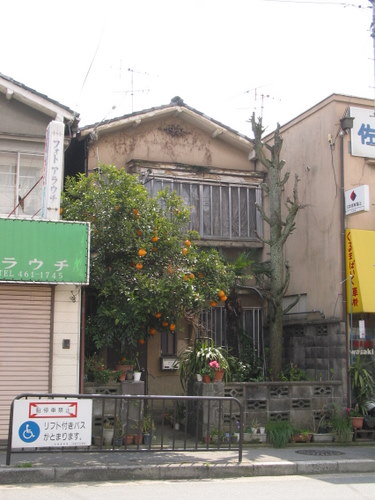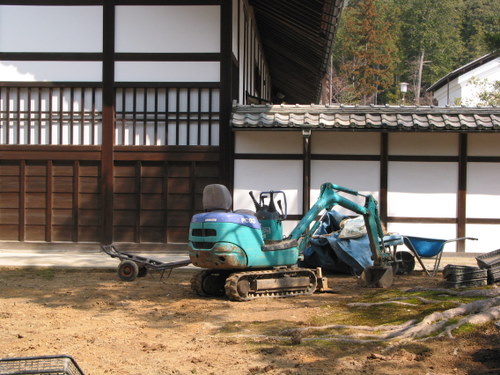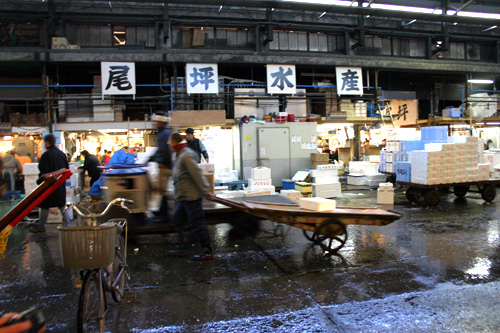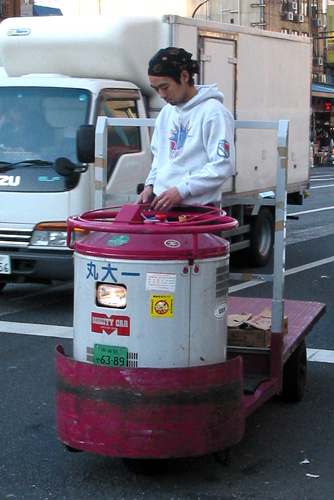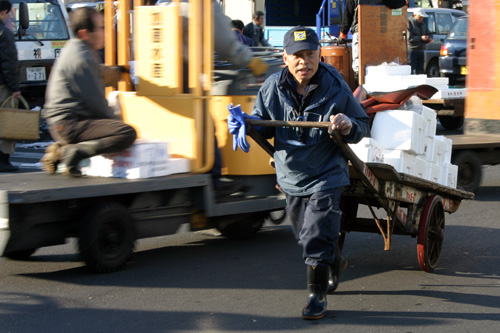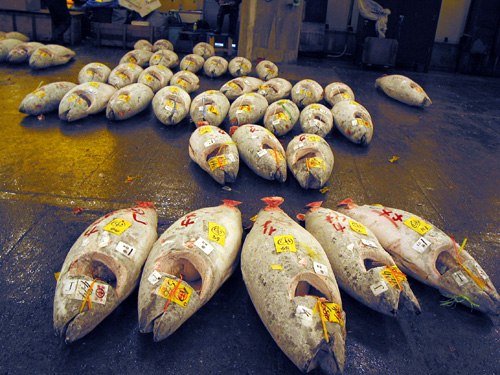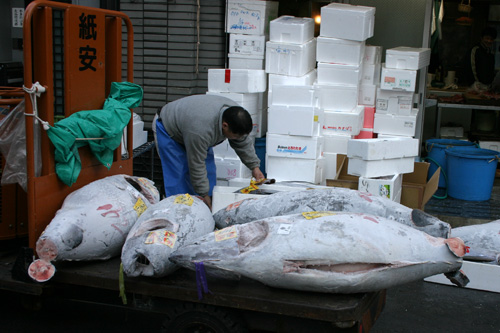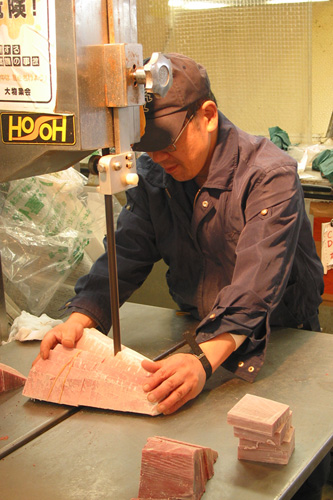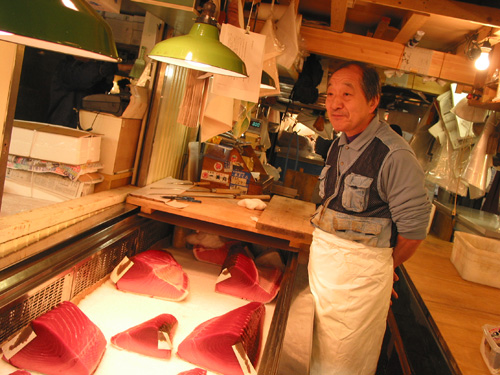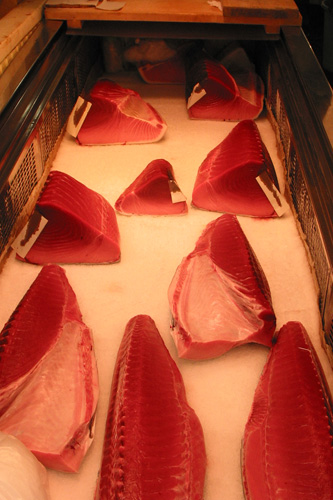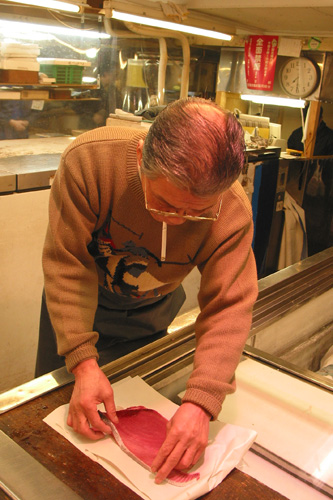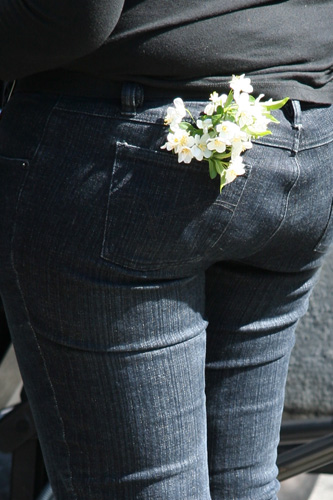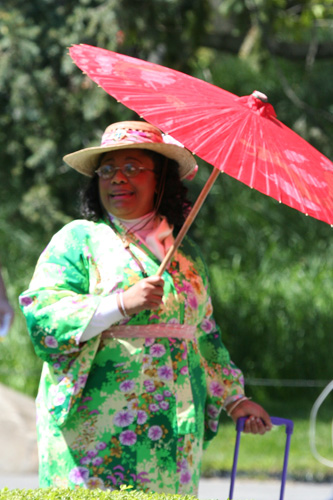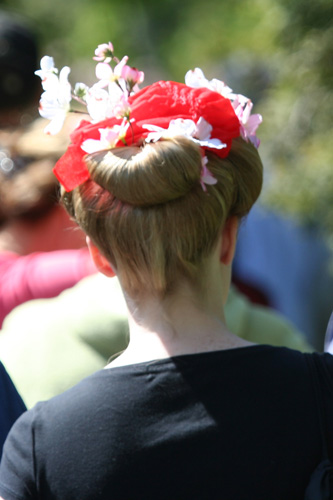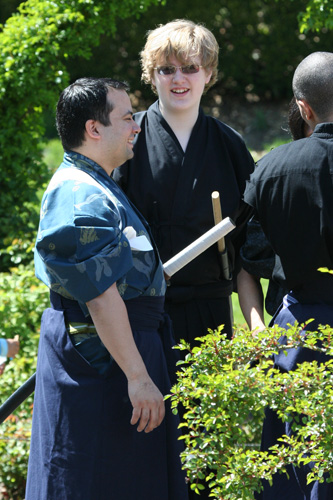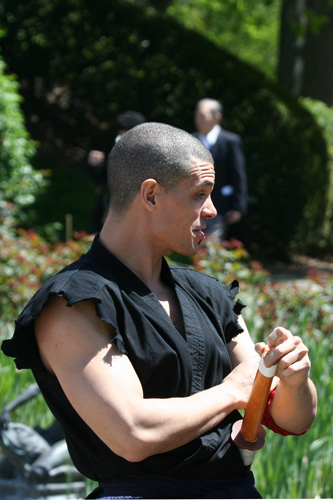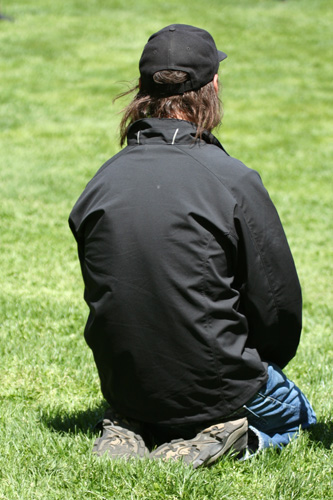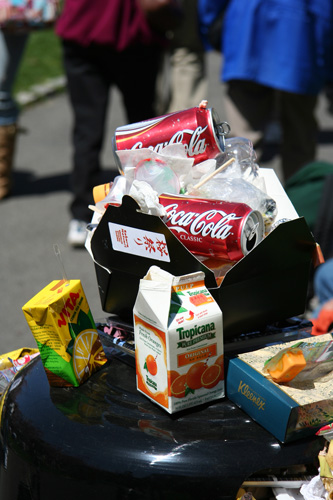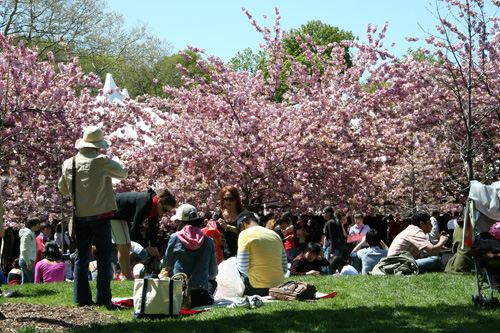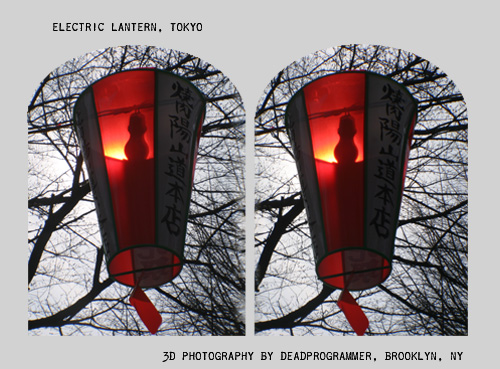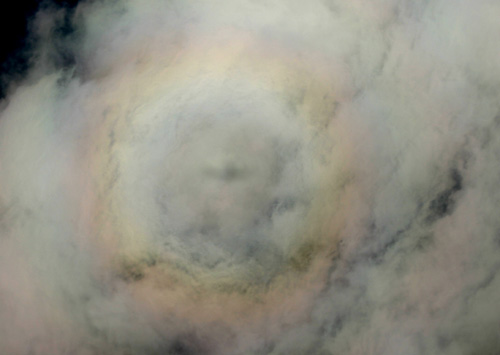[3F11] Scenes from the Class Struggle in Springfield
Homer: [gasps] Look at these low, low prices on famous brand-name electronics!
Bart: Don’t be a sap, Dad. These are just crappy knock-offs.
Homer: Pfft. I know a genuine Panaphonics when I see it. And look, there’s Magnetbox and Sorny.
People often ask me why I refuse to buy Sony products. Indeed, I boycott Sony, and I am not the one to hold a grudge against evil multinational corporations. The level of incompetence on the high levels of Sony’s management disgusts me.
I used to be inspired by the story of Masaru Ibuka and Akio Morita starting a company in bombed Tokyo, and growing it from a radio repair shop into a giant corporation. I loved my Walkman, and thoroughly enjoyed the Playstation. I used to buy Sony Trinitron monitors which were brighter and sharper than the competition, but had visible horisontal lines formed by support wires made out of tungsten.
Over they years I felt that the quality of Sony products declined, while the company stopped to innovate and instead began to rely on brute force. They mostly missed the MP3 revolution. Instead they started to figh format wars.
The MiniDisk, the Memory Stick, Blu Ray: Sony would stop at nothing to control the format. They won with the CD and Blu Ray, lost with Betamax and just about everything else. None of these formats made me want to buy Sony products, and I’m very grateful that I don’t have to.
Sony would not stop at what’s legal – they even resorted to hacking their users’ computers – some Sony CDs installed rootkits on Windows machines in the name of copy protection! This is equivalent to breaking into your apartment just to make sure that you haven’t stole anything.
Normaly Hanlon’s Law is in effect, but I highly doubdt that things like these are benign byproducts of Sony being a large corporation. It seems like lawyers are doing a lot of thinking at Sony, and they aren’t thinking about winning people over.
Instead of trying to make their technology cooler, Sony through its lawyers started sending cease and desist letters to people who did things like making handmade iPod cases or toy racing cars out of outmoded Walkmen (I can’t find the original article mentioning the lawsuit about the racecars, but I remember reading it).
Then came the last drop. My wife runs a website about pipe organ event that she coded herself. She included an Amazon store that randomly showed different music-related items – it was a proprietory piece of software over which she had a rather limited control.
Sony employs a company called Net Enforcer that sends out DMCA takedown notices whenever they think they see any unauthorized “retailers” selling Sony products. My wife’s store’s algorithm used to include some Sony products sold by Amazon. Rather than dealing with the offending items, Dreamhost simply took down the whole store and notified me.
NetEnforcers would have you believe that they are protecting Sony’s brand, not letting various riffraff sell Sony products. I had to spend a good deal of time trying to figure out how to fix my wife’s store and not include any Sony products. As a result I refuse to buy any Sony brand electronics. I’m pretty sure this is not what Akio Morita would approve of.
